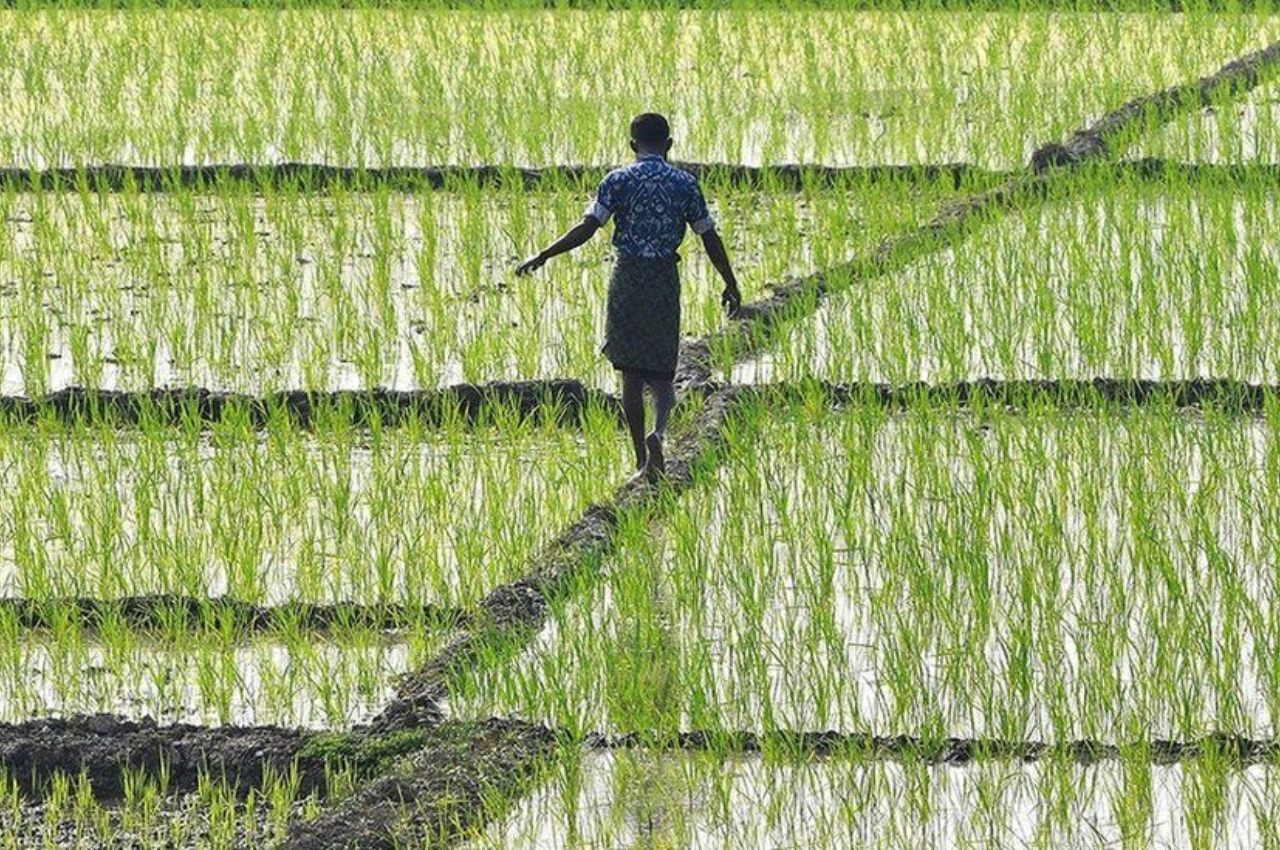New Delhi: The Centre increased the minimum support prices (MSP) for all crops, with the highest increases held for mustard and lentils, just ahead of a pick-up in the rate of rabi planting. The best price increase for whole wheat from 2020–21 was 5.46 percent during the marketing year 2023–24.
With the increase, wheat’s new MSP will be Rs 2,125 per quintal as opposed to the previous RS 2,025 per quintal.
It has to be seen, however, whether and to what extent farmers will be motivated to sell their produce to official procurement agencies given that wheat prices are already trading much higher than even this increased MSP that takes effect in the next year.
Farmers chose to sell their items to private buyers this year as market prices were significantly higher than the MSP set by the government, which resulted in an almost 57% decrease in official procurement, which fell to about 19 million tonnes from 43.3 million tonnes the year before.
Among other crops, the Cabinet Committee on Economic Affairs increased the MSP for mustard by about 8% to Rs 5,450 per quintal and for lentil (Masur) by over 9% to Rs 6,000 per quintal (CCEA).
The increase in mustard’s MSP is consistent with the government’s declared goal of encouraging farmers to plant high-value oilseeds and pulses rather than cereals and grains, on which the nation is heavily dependent for imports.
Last month, as Navratri celebrations approached, wheat prices in North Indian markets had begun to firm up as flour producers raced to restock their depleting supplies.
Due to their widespread use in a variety of homemade delicacies, the demand for atta (wheat flour) and other wheat-related products like maida and sooji frequently increases during the festival months.
Trade and market sources reported that from September 1, wheat prices in Delhi’s wholesale markets had increased by almost Rs 100 per quintal, with over 75% of the increase occurring from September 24 ahead.
Sudhanshu Pandey, the food secretary, claimed yesterday that the rise in wheat prices over the past few weeks is “natural” given that prices were “artificially lowered” in 2017 and that there are sufficient inventories to intervene in the market as and when necessary.
“The rates fell last year as FCI pumped in seven million tonnes of wheat in the open market that artificially depressed them.
Therefore, it is not a good idea to compare the increase in wheat this year to that of last year. According to Pandey, the pricing in 2020 should be used as a benchmark.
According to him, as of October 14 this year, the wholesale price of wheat was Rs 27.57 per kg, up 11.42 percent from 2020 values, and the retail price was Rs 31.06 per kg, up 12.01 percent.
The Secretary claimed that this increase in wheat prices is not “astronomical” and is in line with increases in the minimum support price, fuel prices, transportation costs, and other costs.
Meanwhile, industry participants are optimistic that farmers would plant at least 10% more area than in recent years beneath the crop due to favourable weather and remunerative rates.
Every year, wheat is typically sown on about 31 million hectares of land, primarily in the northern belt.
“There is every possibility that there could be at least 10 per increase in wheat acreage in main growing states of Rajasthan, Madhya Pradesh and UP as the sentiment is extremely bullish,” Rahul Chauhan, a commodity analyst with iGrain India had told Business Standard a few days back.
A rise in mustard plantings is also anticipated. Typically, the crop is planted on 6.4 million hectares of land.
All of this more space can come at the expense of chana (gramme), which dealers believe hasn’t brought farmers as much money this year as mustard and wheat.
Even though the recent rains in North India were bad for the standing kharif crop, it is believed that they will greatly improve the upcoming rabi harvest since they will leave enough residual soil moisture.
Due to favourable demand and a decrease in production as a result of an increase in terminal heat during the crucial harvest months of March and April 2022, wheat prices in the open market have mostly remained above the MSP of Rs. 2015 per quintal this year.













